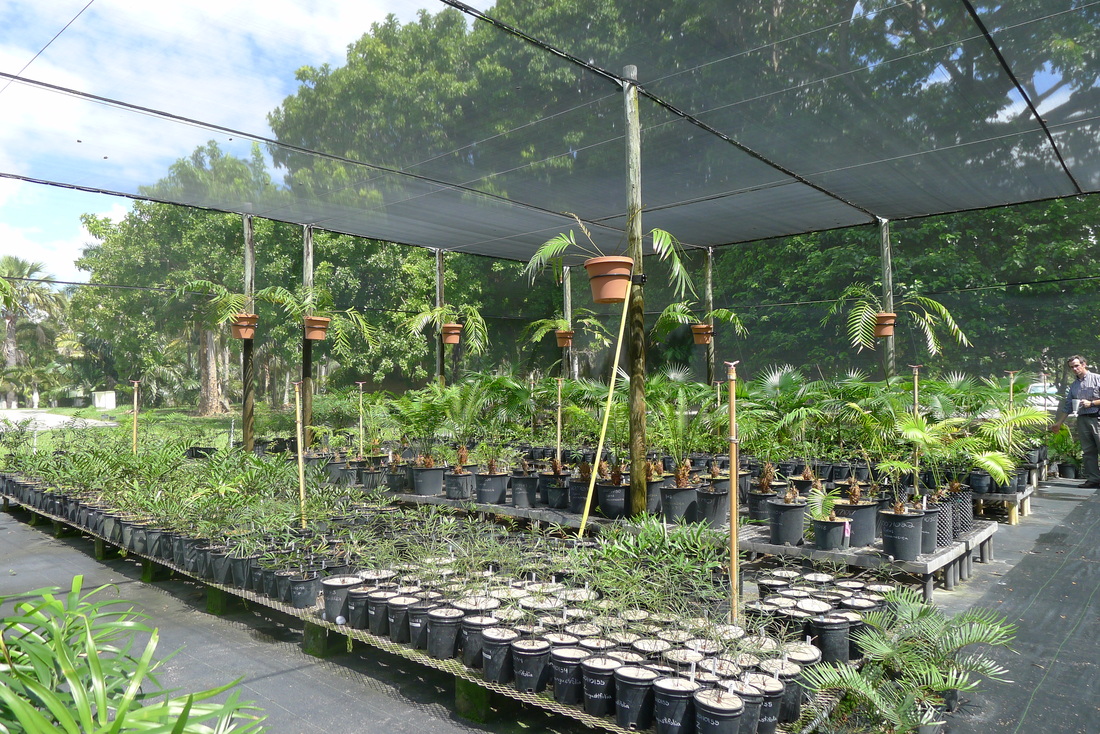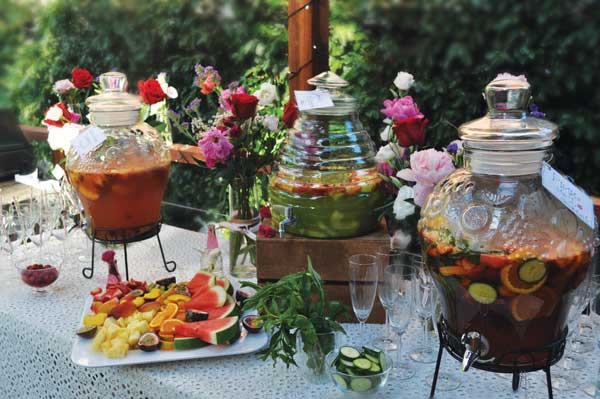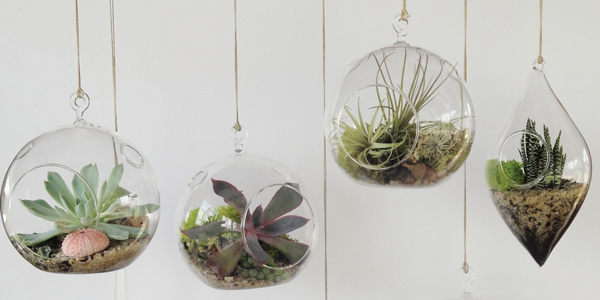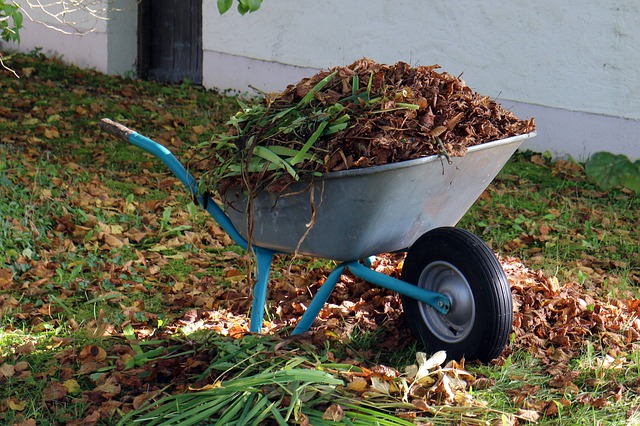Decorating your house for spring with indoor greenery
Tess Gibney
Breathing life into your home by way of indoor plants instantly reflects the vitality of spring – as the sun seems to shine a little higher and a little brighter in the sky, a clean spring interior is always best accompanied by the introduction of indoor greenery. Expensive (albeit colourful) bouquets aside, no-fuss indoor plants are an excellent choice, requiring minimal attention and infrequent watering. Hanging potted plants in particular have made a comeback in recent years – having been featured heavily in international design fairs – and are generally low maintenance and easy on the eye.
Though some indoor plants do require more light than others, there are certain variants that can thrive in those dark corners you’ve been desperate to liven. Obvious aesthetic perks aside, researcher Professor Margaret Burchett of the University of Technology has found that adding just one plant to an indoor area can help to purify air and filter toxins given off from the carpet, furniture and paint. Here at Sydney Observer we’ve compiled an indoor plant guide to help you pick a leafy companion to suit your interior needs so you can go forth, purchase and prosper this season.
The hanging indoor plant
Suspending plants in the air – by virtue of macrame and ceramic planters – is a fun way to bring foliage into your home. Plants that spill over the edge of the basket, or hanger, look especially good suspended in kitchens and bathrooms. Perfect for an apartment that’s tight on floor space, the hanging plant is one of endless option: ranging from succulents nestled in terrariums to ferns in ceramic baskets, they add a fresh dimension to the interior visual environment.
Trailing plants, such as the ‘Sweetheart Plant’ (Philodendron scandens) or the ‘Pothos’ (Epipremnum aureum), are among the most popular foliage plants to hang. With long glossy stems that can be draped over the edge of wicker baskets, they are both adaptable and exotic. Though best not relegated to an area or room that receives no natural light, both the ‘Sweetheart Plant’ and the ‘Pothos’ tolerate mid-range levels of light well. Fortunately, they’re hard to kill – requiring little watering except during periods of active growth.
Another popular trailing plant is the sweetly named ‘String of Hearts’. Actually a member of the succulent family, the ‘String of Hearts’ vine is best hung near a window to ensure maximum exposure to sunlight. Like the ‘Sweetheart Plant’, the vine – with its namesake fleshy, heart-shaped leaves – should have its soil fully dried in between bouts of watering.
Plants for varying light conditions
Avoid choosing an indoor plant that isn’t suited to the light available in the room of placement. Though many indoor plants – such as the hanging trailing plants mentioned above – require moderate to high levels of light (though not direct sunlight), there are some indoor plants that can actually thrive in dark rooms and corners. Plants such as the commanding ‘Cast Iron Plant’ (Aspidistra) are suitable for corners of a communal living area, or for livening up that blank hallway. They need to be watered only occasionally and can withstand a range
of temperatures.
Similarly, the gorgeous ‘Chinese Evergreen’ is suited to moderate to low levels of light. With its large, gold-flecked leaves, the evergreen looks best on desks and benches; in the office or
the kitchen.
Displaying and caring for an indoor plant
Considering many indoor plants need little maintenance and low levels of light, you are freer to play around with how and where they are planted and displayed.
Smaller houseplants, such as the ‘String of Hearts’ succulent, are best suited for hanging. Get creative – sites such as Etsy provide quirky macramé and ceramic plant holders in a range of colours and styles. Play around with where you’d like to hang your plant and buy a hanging planter that will suit the theme of your room – whether it is the kitchen, bedroom or bathroom.
Larger, freestanding plants – such as the ‘Cast Iron Plant’ or the ‘Chinese Evergreen’ – look especially exotic in dark, cylindrical or cone shaped pots. Add a slab of marble underneath the pot for extra flair.
When caring for your indoor plant, be vigilant to avoid overwatering.
Always wait until the soil is almost dried out before giving plants a good shower, and don’t forget to water from above.
In terms of trailing, hanging plants such as the ‘Sweetheat Plant’ and the ‘Pothos’, stems can simply be cut when they grow too long.
Always water less frequently in winter.












